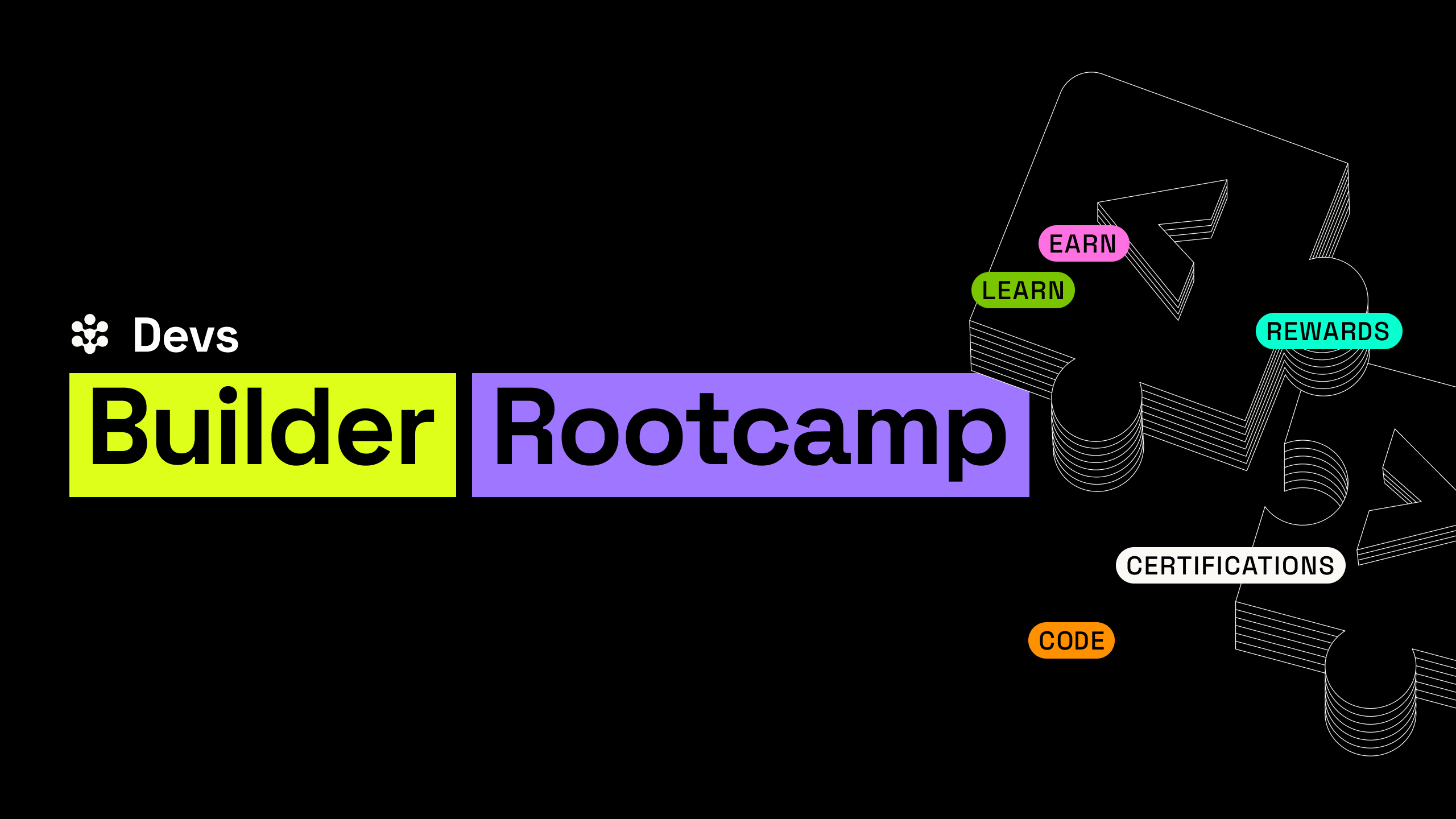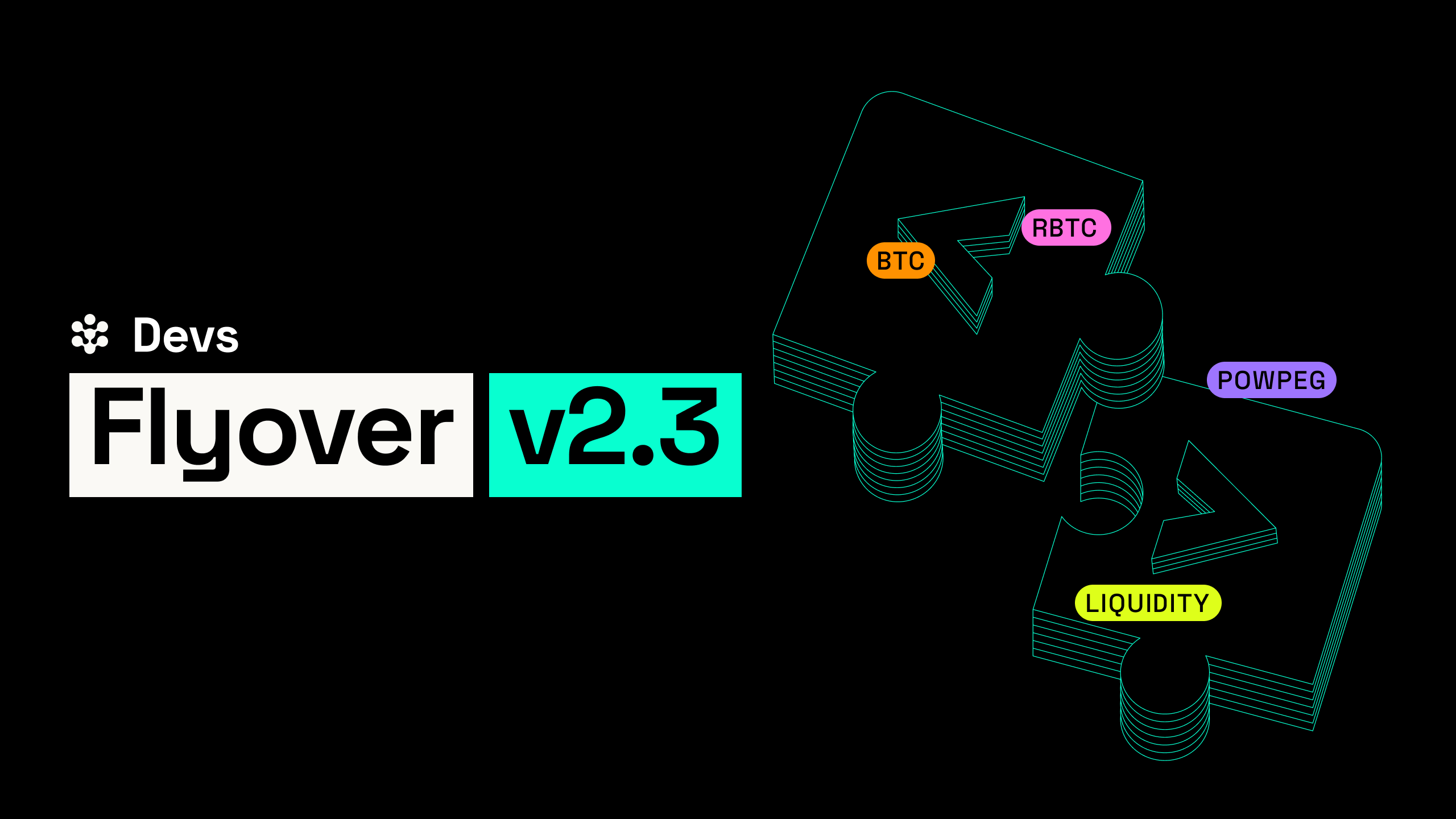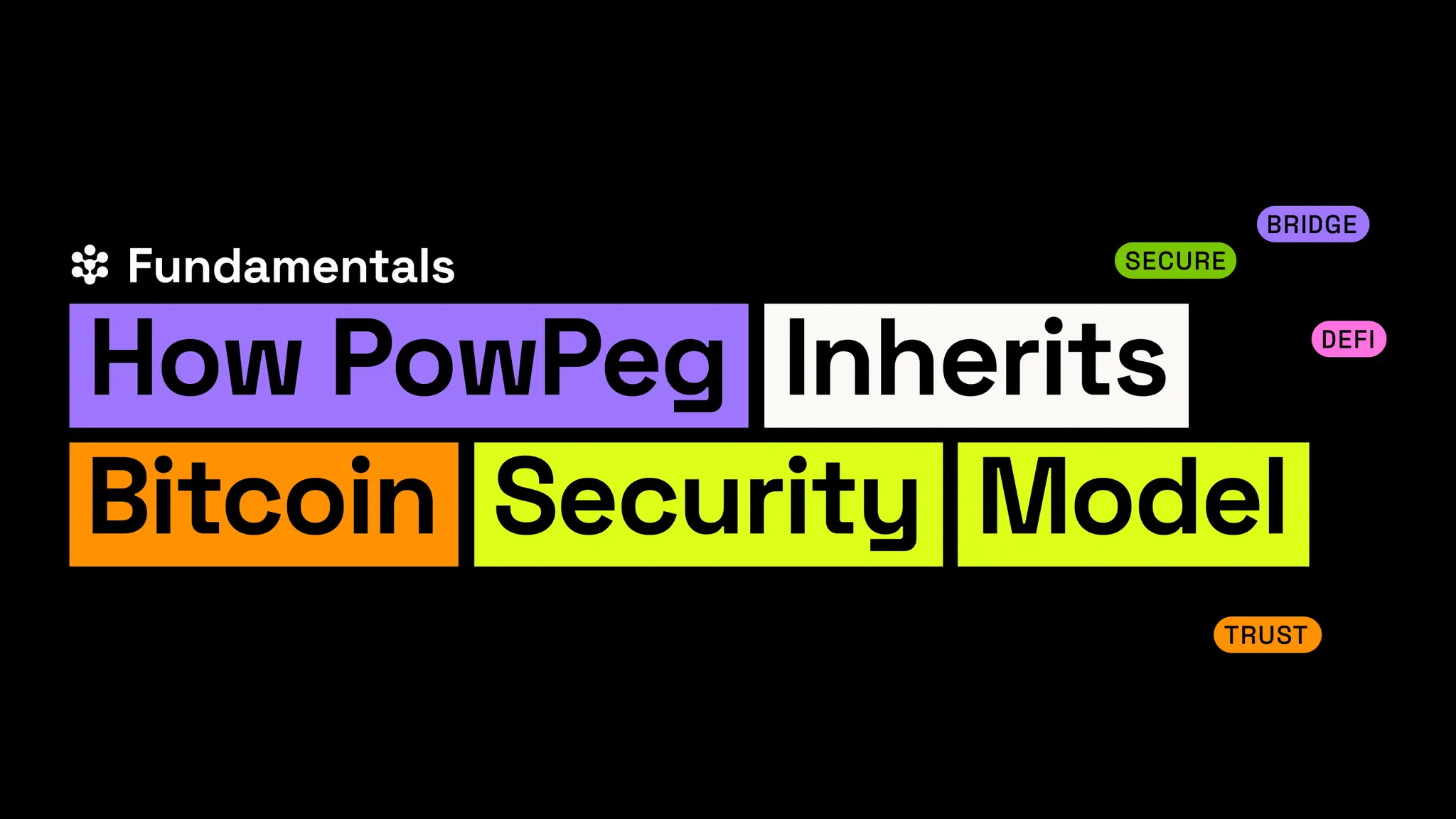The token bridge between RSK and Ethereum allows to cross ERC20 tokens back and forth between both networks. This way the user or the contract creator can chose to cross tokens to another network. Allowing to take advantage of lower fees a more secure network or different consensus when he sees fit.
How it works
The bridge allows to cross ERC20 compatible tokens. As a user you can use the token bridge daap to do it!. The original tokens are locked by the bridge smart contract on the original chain. The bridge emits an event and the federation takes the information in the event, and sends it to the bridge on the other chain. Once half plus one of the federates have voted for the same transaction, the bridge on the other chain will create ERC777 tokens for the same amount that where locked on the other chain in the account of the address that sent the tokens in the original chain. The ERC777 tokens are ERC20 compatible but it adds more functionality and avoids the ERC20 bug that burns tokens.
Interoperability
Currently RSK has a two way bridge with BTC allowing bitcoiners to cross their BTC and use them in RSK to interact with smart contracts. The token bridge allows to cross tokens from Ethereum to RSK. This opens the doors for interoperability between the two largest blockchain networks. bitcoiners could move their BTC to RSK and buy the crossed tokens from Ethereum.
Layer 2 empowerment
Another advantage of the token bridge is the possibility to have the same token on several networks. Layer 2 solutions like SWARM or Oraclize and many others could receive the same token as payment in many networks. Together with the concept of stable coins minimized volatility, it gives layer 2 solutions new scalability and standardize payment.
Next step to decentralisation
The token bridge in its first version is federated, but this is not its final form. The bride contract was built as an upgradable contract using open zeppelin sdk. RSK is planning on changing the token bridge to be trustless and fully decentralised. To achieve this the smart contracts will be the ones validating that the event happened in the other chain following the Smart Hawk paper which is an adaptation of the FlyClient paper.
Additional resources
FAQ´s https://developers.rsk.co/tools/tokenbridge/faq/
Testnet: https://testnet.tokenbridge.rsk.co/
Mainnet: https://tokenbridge.rsk.co/
How to use the Daap: https://developers.rsk.co/tools/tokenbridge/dappguide/
Documentation
Devportal : https://developers.rsk.co/tools/tokenbridge/
The repository: https://github.com/rsksmart/tokenbridge


